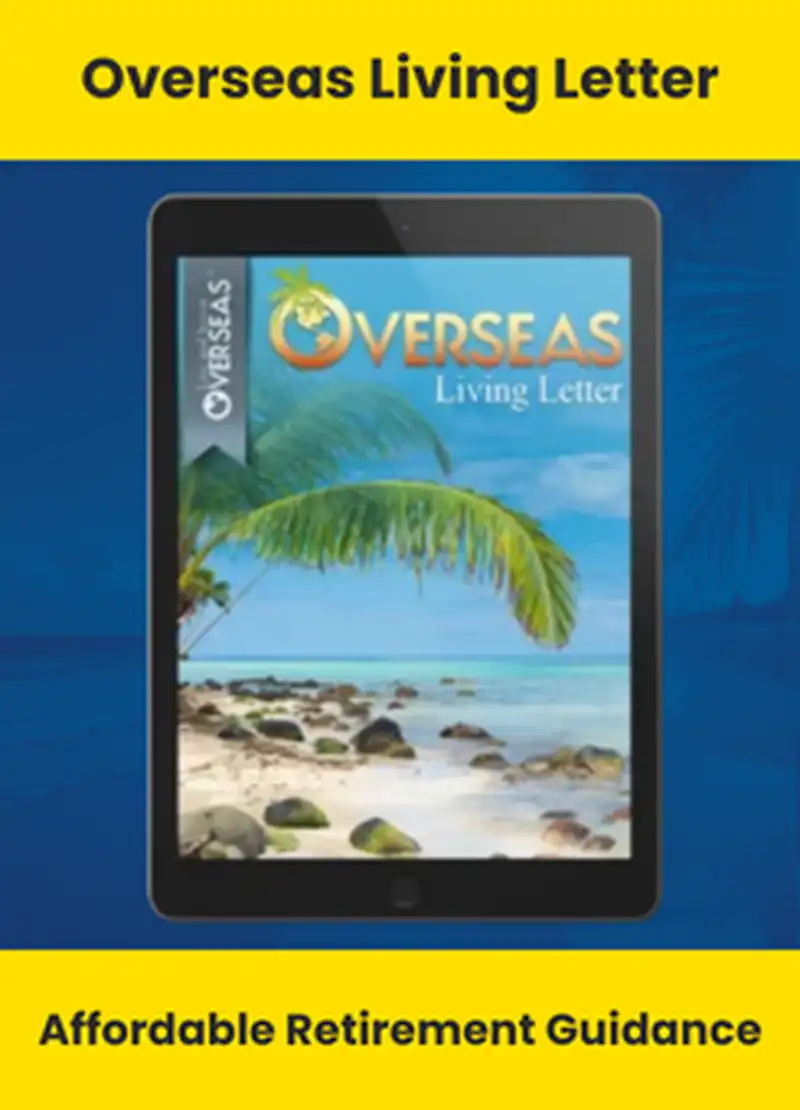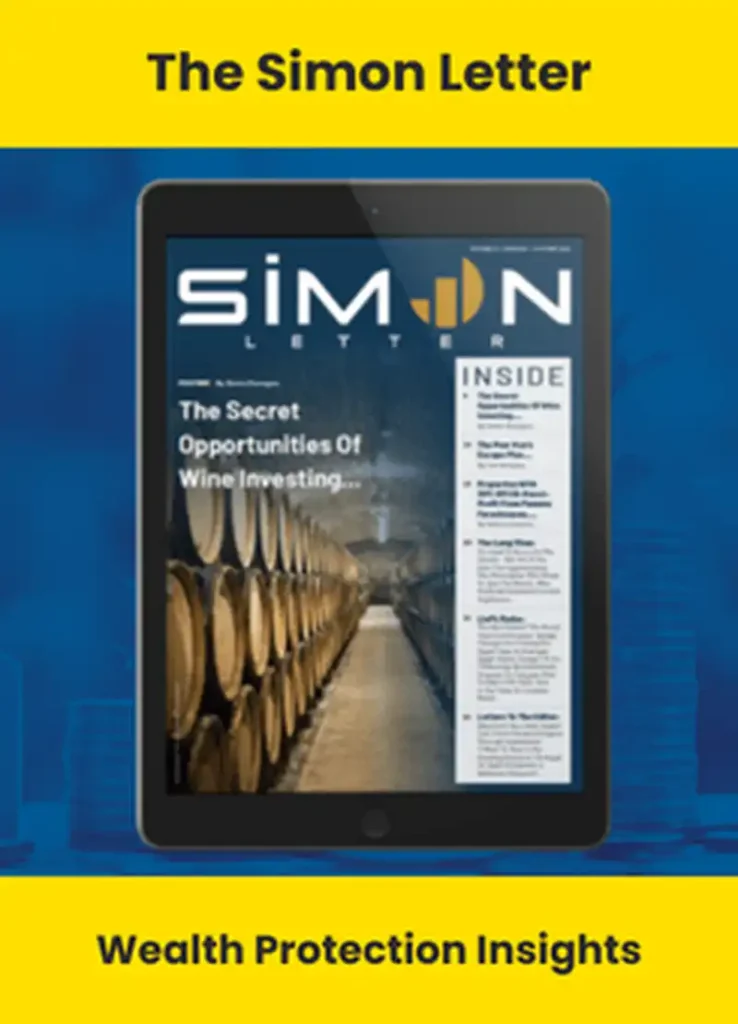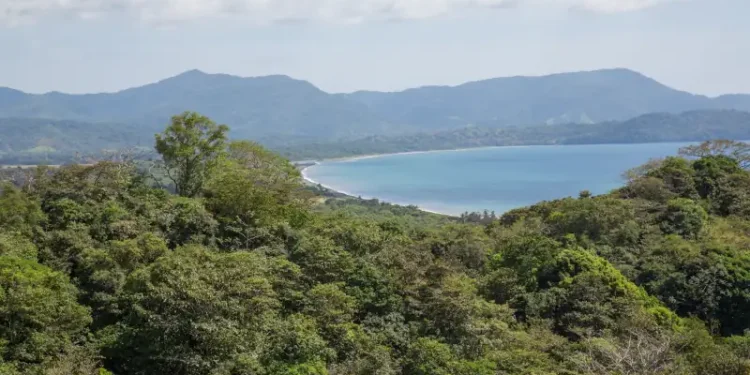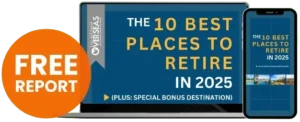From the start, Los Islotes captured my imagination. The place seemed almost sacred. The sense of joy I felt the day I’d seen it for the first time washed over me again every time we returned.
When we made the turn south from the Pan-American Highway at Santiago, the money struggles and other stresses that continued to keep me up every night disappeared.
My mind was soothed by the primitive scene outside the car window. By the time we reached the turnoff at Ponuga, I was entranced by the stillness of the jungle and the play of light and dark.
Palm fronds and bougainvillea shimmered in the sunlight peeking through breaks between limbs and leaves to create kaleidoscope shadows on the asphalt. I felt protected and renewed. Doubts went the way of my worries, and by the time we reached our Los Islotes gate I again believed anything was possible.
We could do this.
Los Islotes was a portal to a world I wouldn’t have believed existed if I weren’t engaging with it. How many spots on our globe remain wholly unspoiled?
Across our planet, Nature has to compete with man. But here, without us humans to interfere, she’s outdone herself. This Veraguas coast is an indictment and a promise. It reminds of the mess we’ve made across so much of the rest of the planet and it offers a glimpse of what the world could be without fast food, strip malls, and used car lots.
Coming and going and touring around when we allowed ourselves the time, we were slowly getting to know the place.
People raised chickens and caught fish with wooden poles. Their children climbed trees rather than jungle gyms and hunted crayfish in the rivers in their underpants and bare feet. They’d climb up the banks, muddy, wet, and grinning as they held out fistfuls of crustaceans like hallowed offerings.
Families of six and eight lived in two-room houses with dirt floors and slept altogether in cocoons, the little ones in their older siblings’ arms. People got around on foot or horseback. They had cell phones but signal only at the highest points. Some had electricity, fewer access to the internet, almost none indoor plumbing. But those practical realities were incidental because the people of Veraguas were healthy and happy.
Join us January 8. for our annual global index reveal.
They competed at rodeos and let loose at dances and festivals. They fell in love and had children and celebrated life’s milestones. They were partners with the land they revered, feasting on its harvests but leaving it as they’d found it.
The Veraguas coast was a bubble free from the daily news cycle and insulated from the world beyond.
The more I knew of this world, the more I envied the people in it. I wanted to know them better, and I really wanted to know what they thought of us.
As much as I sometimes thought I wanted to, I couldn’t tear myself away from this place Lief discovered. I was inexorably connected and that created a new problem. We’d come to Veraguas with the specific purpose of opening this coast to the world beyond. Now that I’d experienced what was here, I was having second thoughts about that agenda.
Lief bought a machete so we could cut hiking trails. I followed along behind him the day he hacked a path to the top of the point between our two beaches. Standing on that precipice for the first time, I was overwhelmed by the vista.
The Pacific stretched before us to the horizon. Its surf pounded the rockface a hundred meters below.
When was the last time a human stood in this spot, I wondered as I edged forward until the earth nearly ran out.
In that moment, my position was clarified. It wasn’t a question of segregating lots versus creating a full-amenity coastal community. It was that I didn’t want to exploit this virgin outpost at all. I wanted to shelter it.
The truth?
I wasn’t sure I wanted a single other outsider to know it.
Until next time,

Founding Publisher, Overseas Opportunity Letter











